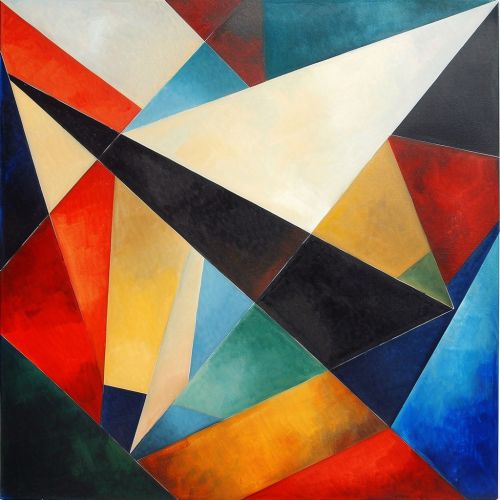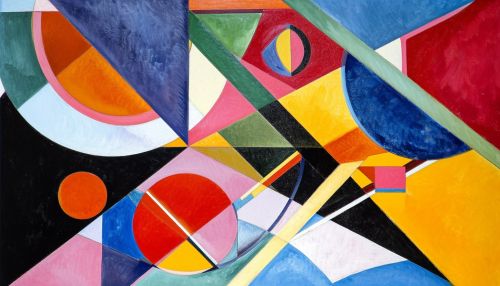Russian avant-garde
Origins and Early Development
The Russian avant-garde is a term used to describe the wave of modernist art that swept Russia from approximately 1890 to 1930. The term covers many separate, but inextricably related, art movements that occurred during this time; it is a period of explosive creativity in Russian art, architecture, literature, and theatre.
The Russian avant-garde reached its creative and popular height in the period between the 1905 Revolution and the Civil War. During this era, numerous distinct styles and movements emerged in response to the rapid social and political changes of the time. These included Neo-primitivism, Rayonism, and Suprematism, among others.


Neo-primitivism
Neo-primitivism, a movement that began around 1907, was one of the first waves of the Russian avant-garde. This style combined aspects of the country's folk art traditions with contemporary techniques and perspectives. It was a reaction against the academic art of the 19th century and sought to create a uniquely Russian form of art that could speak to the country's distinct cultural identity.
Rayonism
Rayonism, developed by Mikhail Larionov and Natalia Goncharova around 1911, was another important movement within the Russian avant-garde. Rayonism was inspired by the latest breakthroughs in optical science and the study of light. The movement was characterized by the representation of light rays and dynamic energy in an abstract form.
Suprematism
Perhaps the most influential movement to emerge from the Russian avant-garde was Suprematism, founded by Kazimir Malevich in 1915. Suprematism was a radical movement that sought to break away from the constraints of objective reality in art. The movement was characterized by simple geometric shapes, such as circles, squares, and rectangles, painted in a limited range of colors.
Impact and Legacy
The Russian avant-garde had a profound impact on the development of modern art, both in Russia and worldwide. The innovative techniques and ideas introduced by these artists continue to influence contemporary art and design. Despite the suppression of avant-garde art in Russia from the 1930s onwards, the legacy of these movements continues to be felt today.
